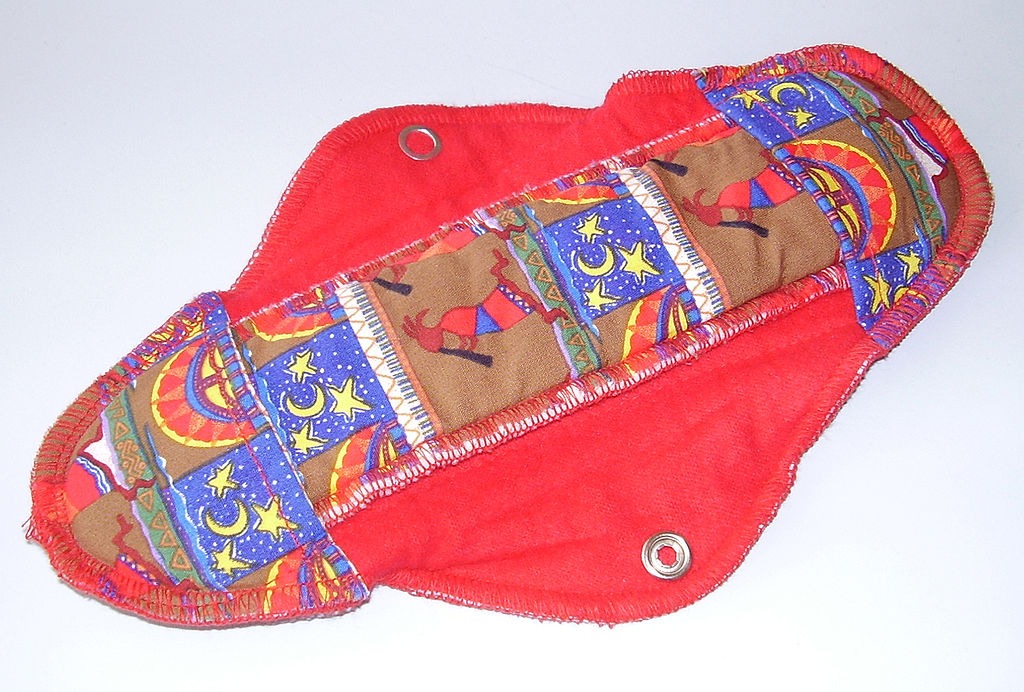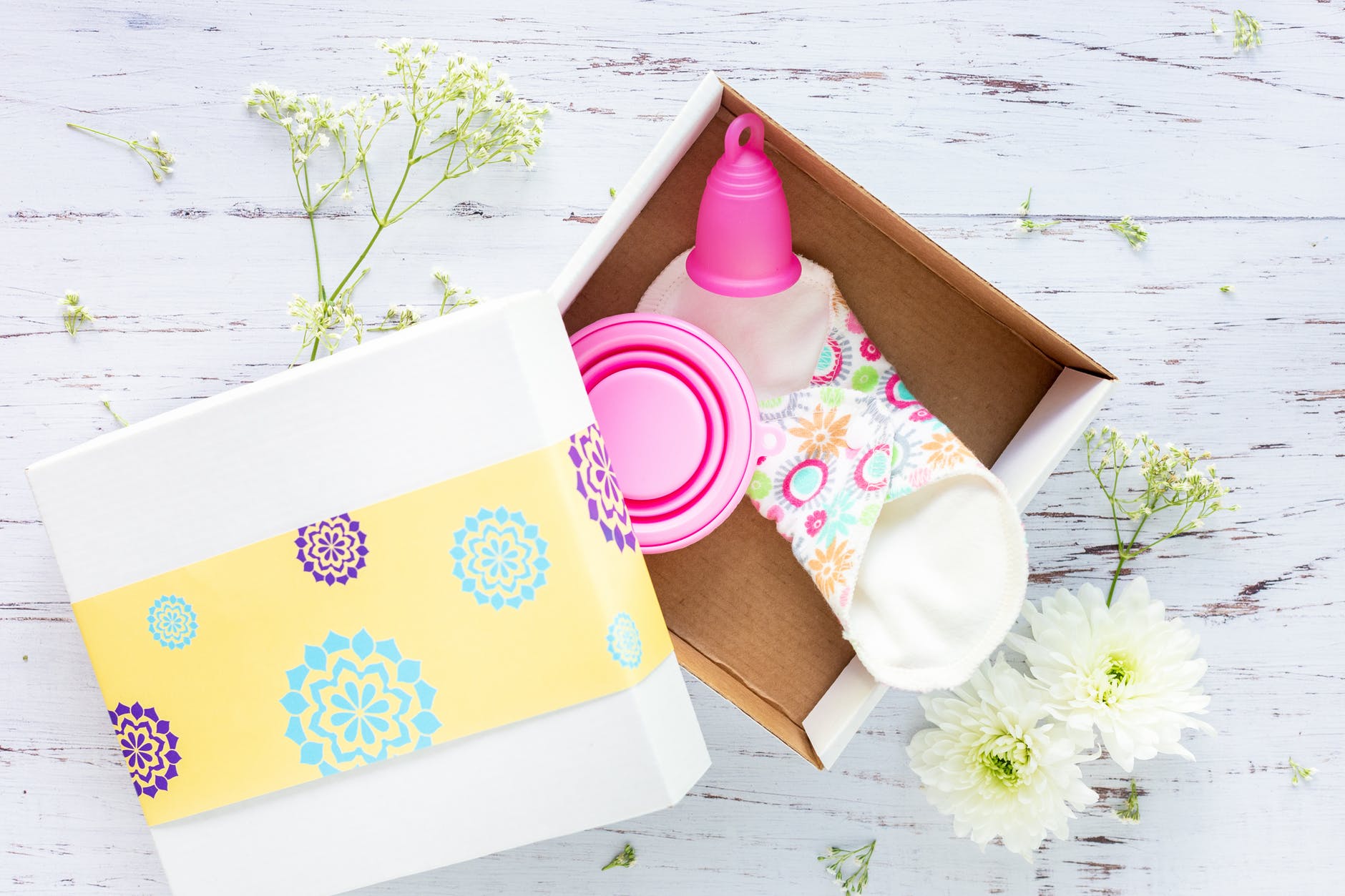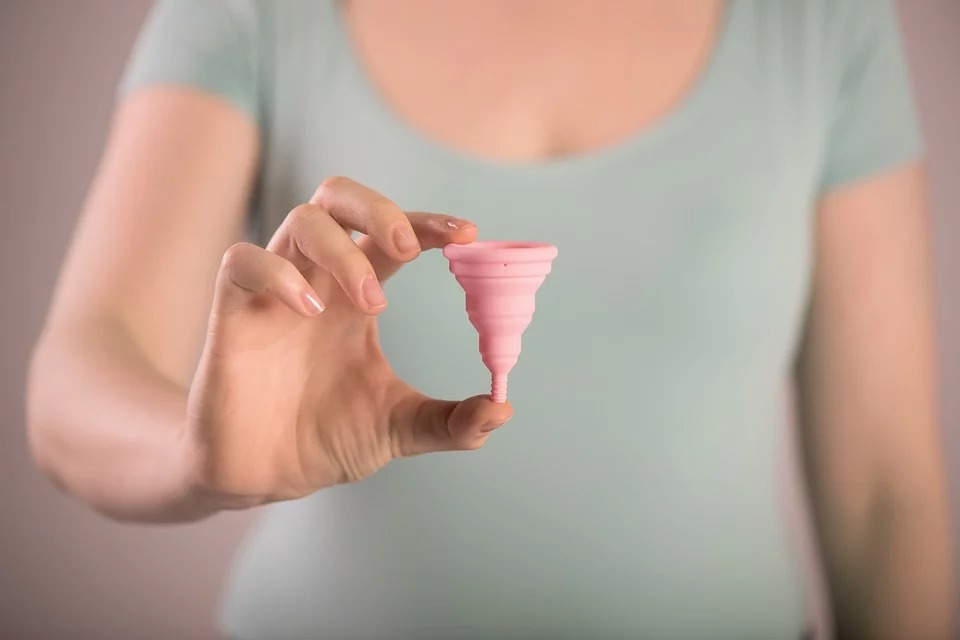Statistics show that men are more interested in off-the-grid living than women. It is understandable – in general, women prefer living in comfort than men, and may see that living off-the-grid with limited access to hygienic resources as gross.
However, there are few women who have bravely decided to live away from the usual comforts that they used to have, mostly for economic and environmental reasons. Naturally, they should expect some difficulties along the way, especially when it comes to taking care of their intimates and overall personal hygiene. Other than that, women can definitely adapt to the off-the-grid lifestyle if they want to.
While some doubt about the cleanliness factor when living off-the-grid, this kind of lifestyle doesn’t mean dirty and disgusting. However, there are some significant adjustments that someone has to make, but cleanliness should always be a top priority, most especially in this situation.
One of the biggest challenges of off-the-grid or homestead living for a woman is having menstrual periods. How do women keep themselves sanitary when having their “red days”? Obviously, they have limited access to the usual commercial feminine care products, such as sanitary napkins, feminine wash, and feminine wipes. While women need to be clean and fresh all the time, especially during their periods, they also want to do it in a sustainable and eco-friendly way.
You can stock up on tampons or sanitary pads, but what if one day you have run out of them and the nearest convenience store is still miles away? Although there are a host of options, these three items can control your menstrual flow in the best way as you adjust to the off-the-grid way of living.
Menstrual cups
When women first heard of menstrual cups, they may either shrink of disgust or think of them as difficult, painful, or complicated to use. But they’re really not. Whether you live off-the-grid or not, menstrual cups are beneficial for you in many ways:
- They are reusable.
- They are incredibly effective in containing your menstrual flow.
- They carry no risk of toxic shock syndrome (which can be contacted by wearing tampons).
- They are easy and comfortable to wear.
- They save you money by not buying disposable feminine pads or tampons.
- They are environmentally friendly.
A menstrual cup is small and very portable. Make sure to wash it thoroughly after use and let it dry completely. Then, store it in a dry and sealed container to keep it clean and ready for the next use.
You can use it in your body even before your period arrives. Make sure you use a medical-grade silicon cup so that you can get all the benefits mentioned above. You can wear a menstrual cup in a way like you do with a tampon. But unlike the latter, the menstrual cup does not carry any risk of toxic shock syndrome.
Depending on the price and size, a menstrual cup can last as long as ten years! When you think of all the feminine hygiene products you won’t have to buy, that’s big savings! Plus, you contribute something good to the environment by not using disposable feminine pads or tampons.
A menstrual cup comes in two sizes: for women who have not given birth or women who have given birth via a Caesarean section; and women who have given birth naturally.
There are menstrual cups in smaller sizes, such as the Lily Cup Compact, which are ideal for those who want their protection a little more discreet. But they do great for controlling light to medium menstrual flows. For those who have normally heavy flows, bigger menstrual cups like the DivaCup Model are highly recommended.
Homemade or handmade pads

For those who suffer some vaginal itchiness and rashes as a result of wearing commercial feminine napkins, homemade pads make a gentler alternative. They are great for sensitive skin.
You can buy reusable homemade sanitary pads from Amazon or Etsy (a lot of which come in pretty colors and patterns), or you can make your own by following online tutorials.
Cloth diapers
Yup, you read them right – cloth diapers! You think that only babies use them? Well, adolescent and adult females can also use cloth diapers to keep their menstrual flow in check. Cloth diapers can also be a great option for mothers who have postpartum bleeding, thus they are great essentials to add to their birth kit.
Apart from their use as protection from menstrual flow, cloth diapers can also be used to control incontinence, especially among the elderly and the disabled.
Like many other feminine hygiene options listed here, cloth diapers are also reusable.
When buying cloth diapers, the first thing that you may want to look for is their thickness. If you have a normally heavy flow, you may naturally want cloth diapers to be a little thicker or have stronger absorbent properties. However, the best types of cloth diapers for easy care and washing are the traditional “flats.” Flats are one-ply cloth diapers that are easy to wash, dry, and fold.
Most store-bought cloth diapers are made of absorbent cotton, although there are other available types made of hemp or bamboo (although they are a little more expensive).

